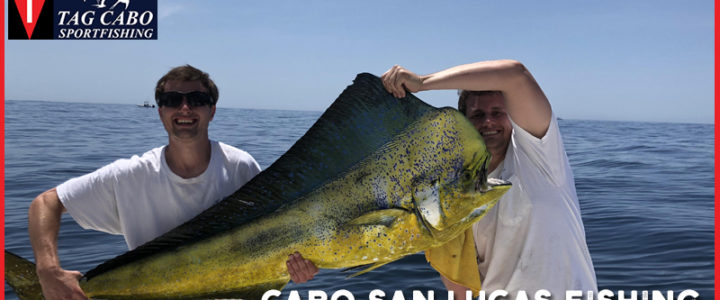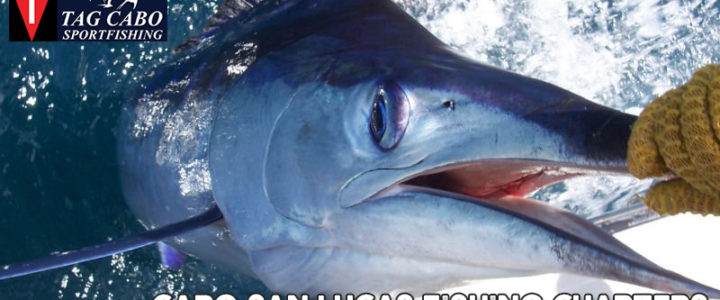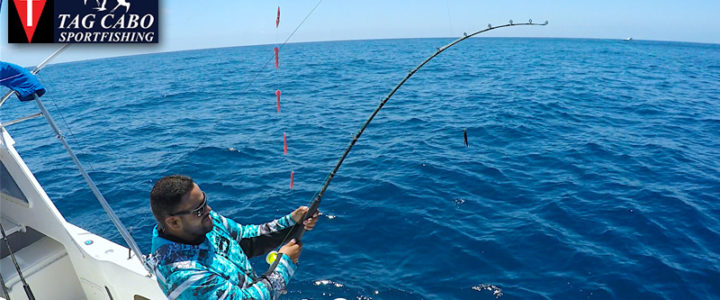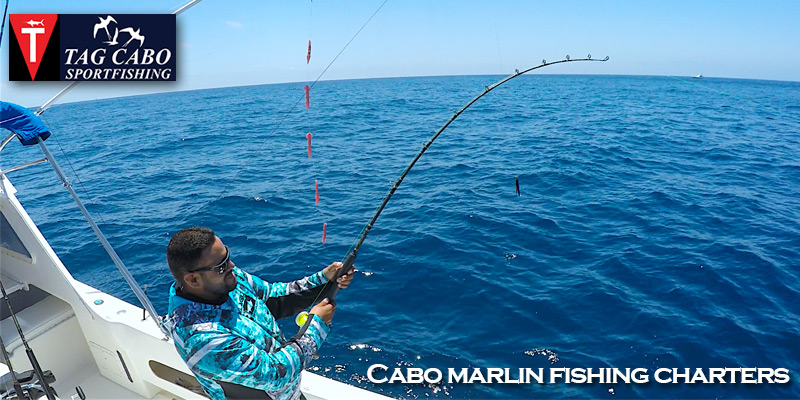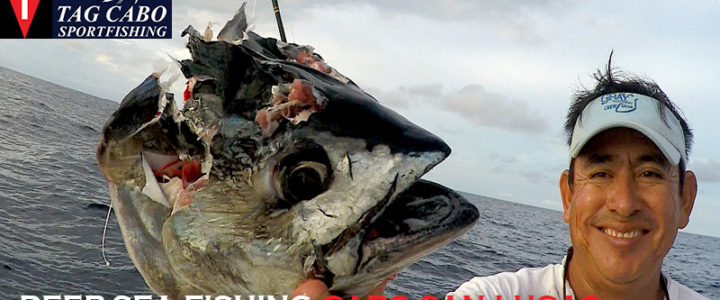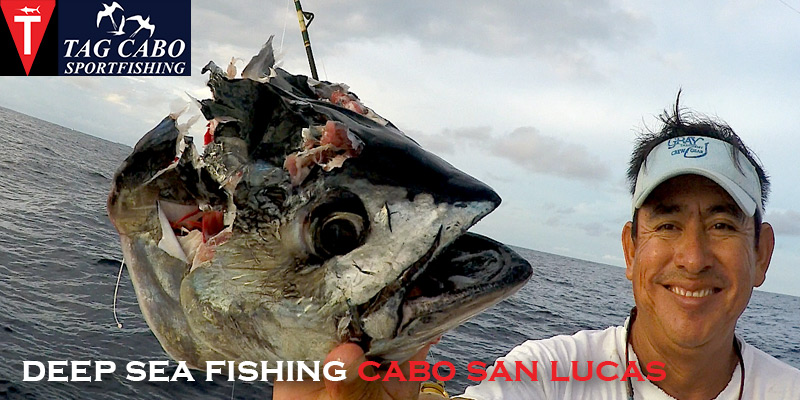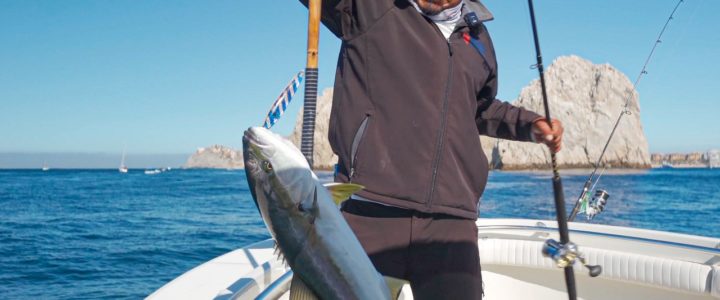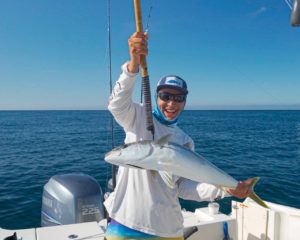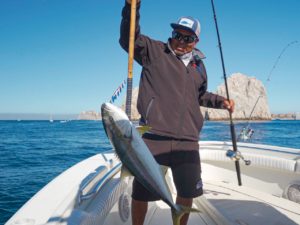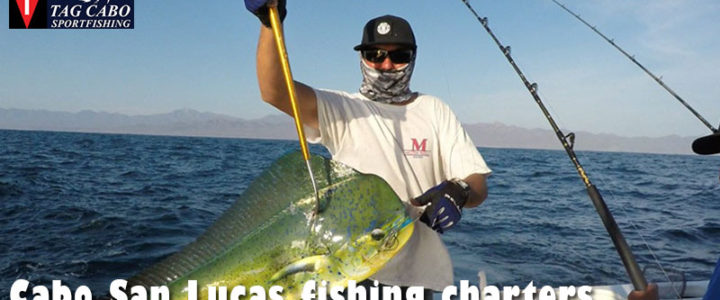Fishing has already been a component of the human experience from the beginning of time.
Often known as angling, it is the pastime of capturing fish in saltwater or freshwater using a rod, line, & hook. Fishing, like hunting, began as a way of obtaining survival food. Fishing as just a sport, on the other hand, has a long history.
Figures fishing using rod & line & nets are depicted in such an Egyptian angling scenario from around 2000 BCE. A Chinese narrative from the fourth century BCE mentions fishing using a needle hook, a bamboo pole, & a silk line, with boiled rice as bait. Fishing Cabo San Lucas is also mentioned in ancient Assyrian, Roman, Greek& Jewish writings.
Early history
It’s an old tradition that goes back to the beginning of the Upper Paleolithic era, around 39,000 years ago. Isotopic examination of skeletal fossils of Tianyuan man, a 39,000-year-old medieval human from Eastern Asia, revealed that he ingested freshwater fish daily. Archaeological evidence like discarded fish bones, cave paintings, & shell middens demonstrates that marine foods were critical for survival & were eaten in large amounts.
The origins of fishing Cabo San Lucas as a recreational activity are unknown. There is anecdotal evidence of fly fishing in Japan, for example; nevertheless, fly fishing was most likely a method of subsistence rather than enjoyment. Dame Juliana Berners, the prioress of Benedictine Sopwell Nunnery, authored the first English article on recreational angling in 1496.
The article, titled Treatyse of Fysshyngewyth an Angle, featured extensive information on fishing waterways, rod & line building, including the use of biological baits & artificial flies. To make fishing more simple, hire a Cabo San Lucas fishing guide.
The history of fishing is largely the development of tackle & fishing equipment.
The forerunner of the fishhook was a gorge, which was a piece of bone, stone, or wood 2.5 cm or so in length, sharpened at both ends, & attached off-center towards the line. The gorge was strewn with some type of bait. When a fish consumed the gorge, a draw upon on line jammed it over the fish’s gullet, allowing the fish to be brought in.
A hook was among the earliest metal tools created after the usage of copper & bronze. This was connected to something like a hand-operated line constructed of strong enough vegetable or animal material to retain & land a fish. The technique of connecting the other side of the rope to a rod, which was most likely a stick and tree branch initially, allowed people to fish from the shore or bank & even reach over plants surrounding the water. Deep-sea angling is really difficult, & you will like Cabo San Lucas fishing for this reason.
Industrial Revolution Fishing
The Industrial Revolution’s influence was initially noticed in the production of fly lines. Rather than anglers twisting their lines — a hard & time-consuming operation – the new textile twisting machines made it possible to easily produce and distribute a range of tapered lines.
For nearly a hundred years, fishing rods were kept short, no longer than just a few feet. The earliest descriptions of a longer jointed rod date back to the fourth century C.E. in Roman times. The first longer rods, like the early rods constructed from streamside twigs, were made out of wood, which would remain the primary rod material far into the nineteenth century.
Recreational Cabo San Lucas fishing took a significant stride forward during the English Civil War when a newly discovered interest in pastime left its imprint on the several books & treatises produced on the topic at the time.
The sport’s history in England started with the publication of Dame Juliana Berners’ A Treatyse of Fysshyngewyth an Angle (1496), a portion of The Boke of St. Albans’ 2nd edition. Berners’ work was based on older Continental treatises going back to the fourteenth century, although there are almost no traces of these earlier publications. Many of the procedures mentioned inside the Treatyse are startlingly contemporary and continue to be used in some manner or another.
Methods
Bait fishing, commonly known as bottom fishing or still fishing, is unquestionably the oldest & most widely used practice. It is used to capture coarse fish in British freshwater fishing Cabo San Lucas. Barb, tench, Bream dace, & other non-game species are among them. When a fish consumes the bait, it is caught on the hook, which is “set” by the fisherman lifting the end of the rod.
Worms, maggots, tiny fish, cheese, bread paste & little bits of vegetables & grain are common baits in Cabo San Lucas fishing. The bait may indeed be weighted down with a ledger in the United Kingdom & a sinker in the United States, both of which are generally made of lead. The fisherman just holds his rod either lay it down & waits for the rod’s telltale pull of a fish to be communicated via the line in this style of fishing Cabo San Lucas.
Bait can also be thrown by hanging it at a predetermined depth underneath a buoyant item connected to the line formed of plastic or cork, known as afloat in the United Kingdom & a bobber in the U.S. The angler aims to dangle the bait at such a depth wherein foraging fish might notice it, as well as near natural fish hiding spots such as submerged weed beds, underwater rock formations & logs.
Conclusion:
Recreational fishing was initially restricted for the affluent classes in the 18th century. However, it eventually has become more accessible as technological improvements allowed for the production of better equipment at a lower cost. Non-native species have even been imported into specific locations to please fishermen, as was the scenario of trout in Australia.
Tab Cabo Sportfishing provides the greatest fishing in Cabo San Lucas. Our Cabo fishing charters include amenities such as guided fishing trips, fishing equipment, luxurious cabins & lounge areas, & more. We provide fishing charters in Cabo San Lucas for those who enjoy water sports & activities such as sport fishing. For more information, mail us at tagsportfishing@gmail.com

